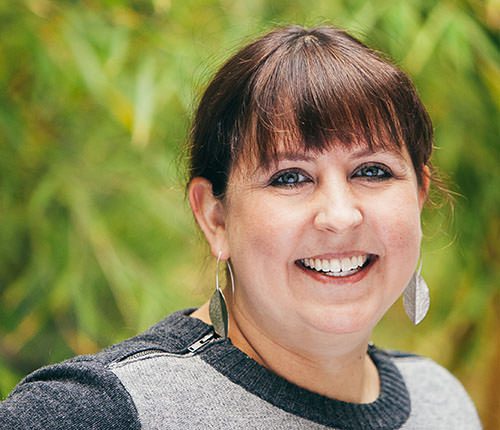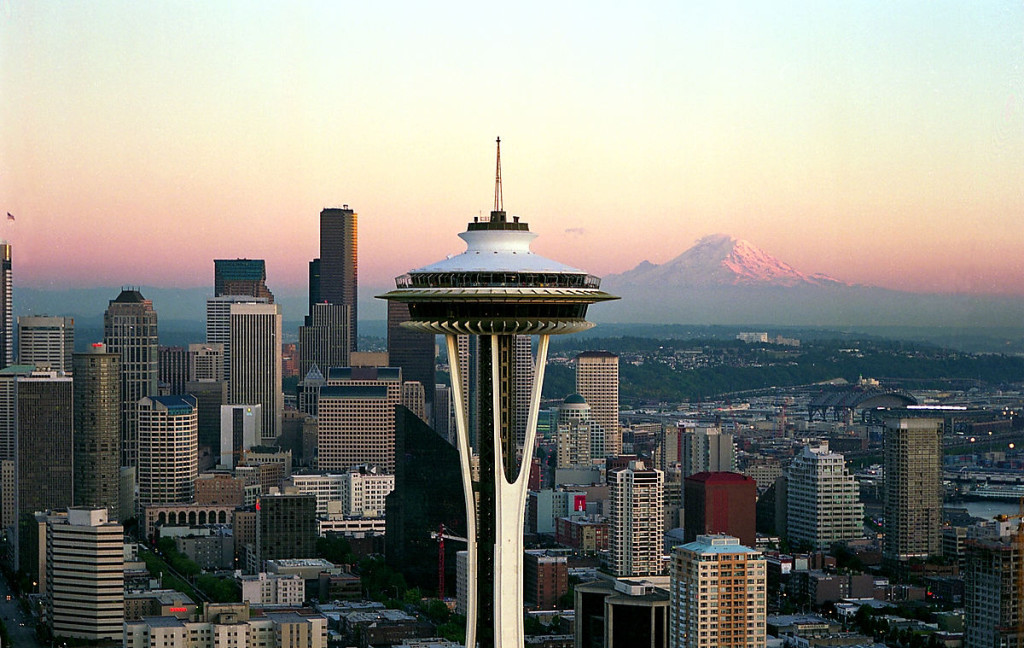By Skye Bredberg
After earning her Bachelor’s and Master’s degrees in architecture, Skye Bredberg went on to work in retail design, multifamily, healthcare and office TIs. In 2014, she made the move to Weber Thompson because of the firm’s esteemed roster of multifamily projects, and to utilize her experience with feasibility studies, zoning, code, and site analysis work. She delights in untangling the web of codes – from zoning to building to accessibility – that govern the way buildings go together.
When you walk into a hotel conference lobby filled with 500 plus people at 8:00 in the morning, it’s hard not to get caught up in the buzz and excitement. Everyone is here for the same thing, to gain insight on “Seattle’s State of the Market”. Is Seattle overbuilding? How much room do we have to grow? Is there a downturn coming?
Here’s what I learned at the Bisnow Seattle State of the Market Event on September 30th:
Seattle is making its mark. Seattle is taking its place as a global city and is being recognized as a start-up economy. One major driver for growth is the hot topic of EB5. The PNW is a hot bed of EB5 money and Seattle is one of the leaders in EB5 funding.
Workplace culture matters. Current Seattleites and first time employees entering Seattle’s workforce want to feel connected to the mission and values of the company where they work. Going to a “grand” office everyday is losing its appeal. People care more about the company’s culture and the people creating that culture. Collaboration, activity, and environments that promote creativity are the driving factors to attract talent. Employees want to be in an activated area (anyone noticing the revival of Seattle’s business district and downtown?) and they have options, driving office trends and locations with employers. Smaller workplaces are a common development, related to factors such as cost of retaining employees and real estate prices, but many feel the pendulum has swung too far with the “open” office. Employees still need privacy and workplace options to accommodate the varied tasks they complete throughout the day. The headphone culture may not cut it anymore. Flexible office spaces and designing for public and private working options are important design trends moving forward.
Office growth: is there cause for concern? Sigh of relief; oversupply is not an issue yet. Demand in this boom cycle is more disciplined this time around, barring any unknown risk factors (international crises, banking failures, etc.). Tenants are more cautious about taking on leases and pre-leasing is happening less. According to the panelists, tech is not going away but instead is expanding into more traditional businesses. The concentrations of SLU business are migrating elsewhere because of supply and new hot beds could include the Central Business District, the Waterfront, and Pioneer Square. Employees want an urban experience and this will keep new businesses in Seattle proper.
One of the biggest limiting growth factors right now is getting enough talent. Some experts say there could be a cliff coming, but it’s not putting a damper on progress . . . yet.
Speakers at the event included: Craig Kinzer, Norma Miller, Kelly Griffin, Daniel Ivanoff, Craig Wrench, A-P Hurd, Jeff Rakow, Reid Thomas, Stuart Williams, Roger Heeringa, Dave Sabey, Mike Martinez, Tom Parsons, George Petrie, Dina Belon
To learn more visit the BisNow Seattle website.

